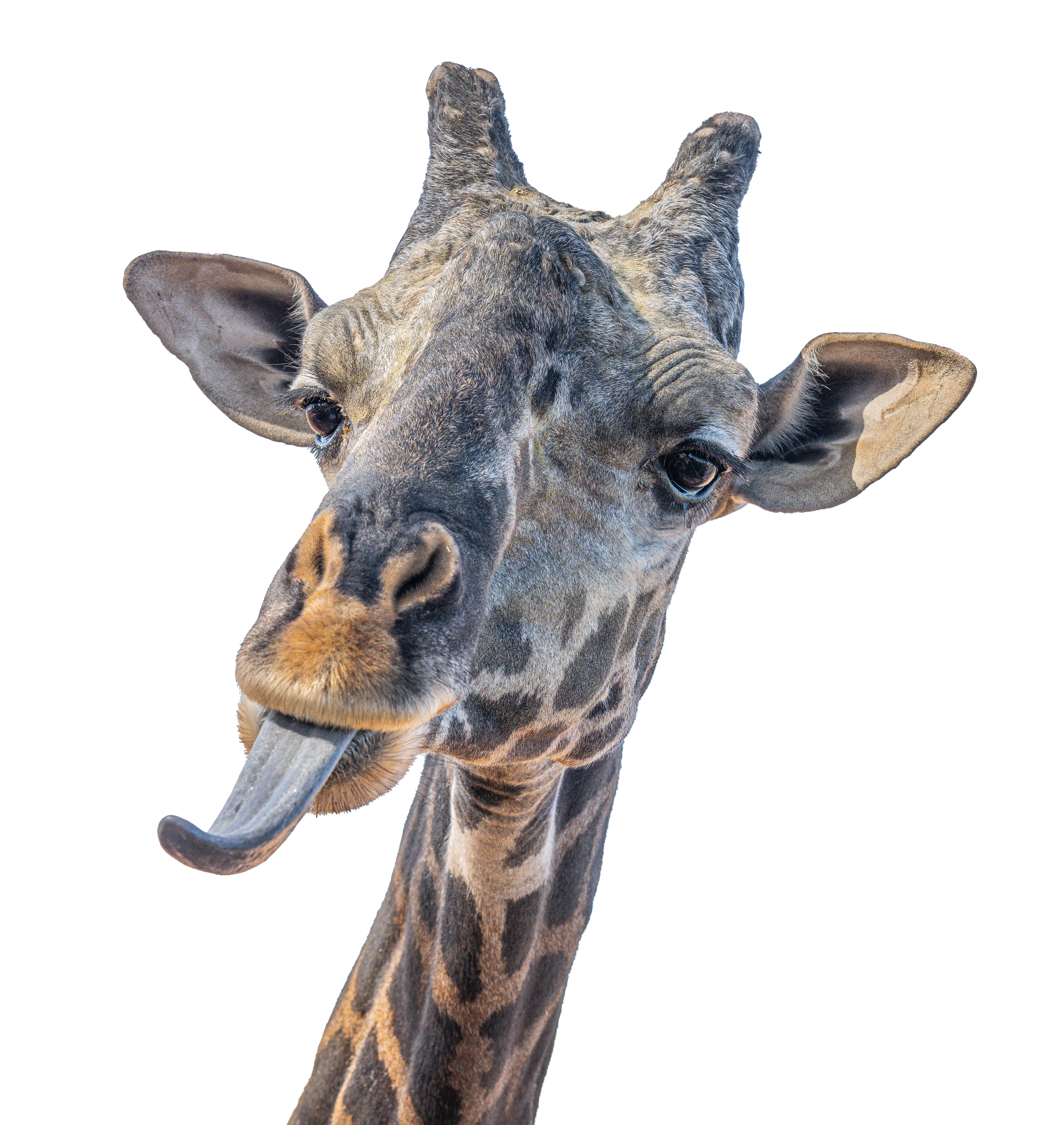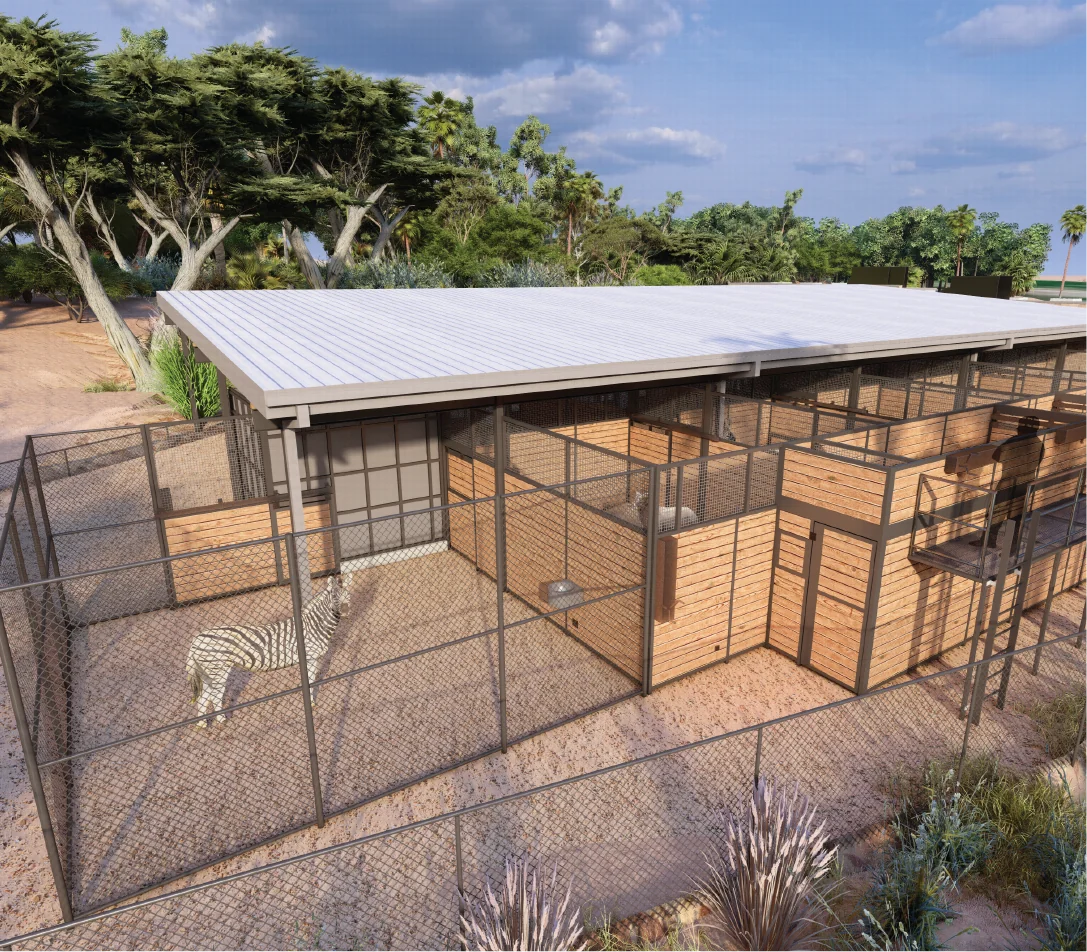Black-tailed Prairie dog
Cynomys ludovicianus
What Are They Saying?
Prairie dogs are a highly social species that live in extended family groups called coteries. Multiple coteries combine to form towns, or colonies. In order to communicate with each other, prairie dogs use a variety of vocalizations that many researchers consider to be an actual language. They have words for different types of predators, colors, sizes, and shapes. They even seem to be able to form new words for new items introduced into their territories.
Prairie Dog Pads
Prairie dogs live in elaborate burrows with separate areas for sleeping, food storage, raising young and eliminating waste. Entrance holes may have volcano-like mounds that funnel rainwater away and also provide a “watch-tower” to help them keep an eye out for approaching predators. Other holes are flat in the ground and may or may not join up with other tunnels. These benefit the prairie dogs by increasing ventilation and guiding rainwater into the aquifer below. This preserves their tunnels from flooding and lessens the possibility of drowning.
Biodiversity Benefits – More Than Meets the Eye
As a keystone species, prairie dogs deliver many benefits to their ecosystems. They provide food and shelter for over 100 animals, and help to reverse the detrimental effects on prairie biodiversity caused by livestock overgrazing. Their activities allow air into the soil, provide fertilizer, replenish groundwater reserves, help prevent water from eroding the land, and promote the growth of forbs and other plants. The result is prairie grass that is rich in protein and nitrogen. Large animals like bison, elk, and cows prefer to graze in prairie dog territory because of this extra nutrition.
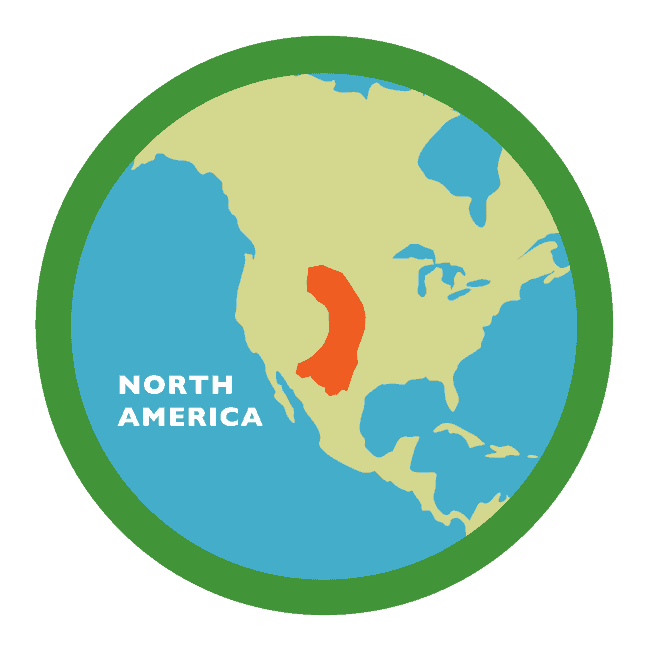
Diet: plants, grasses, roots, seeds, insects
Zoo Diet: formulated feed, starches, fruit, greens
Habitat: short-grass prairies
Weight: 1 – 3 lbs
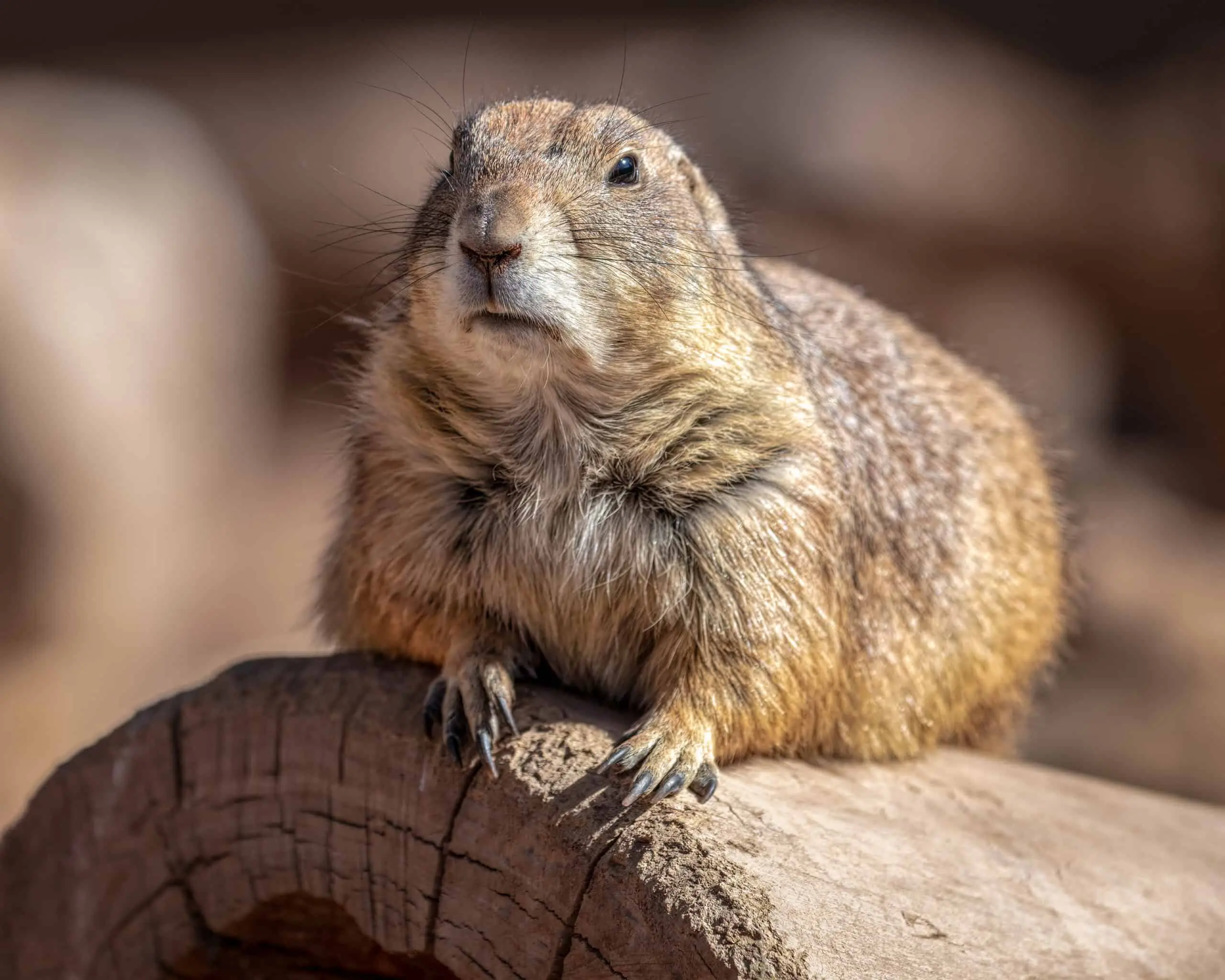
Plan your visit today!
The Phoenix Zoo is one of the largest non-profit zoos in the U.S., caring for over 3,000 animals, with nearly 400 species represented, including many threatened/endangered species.
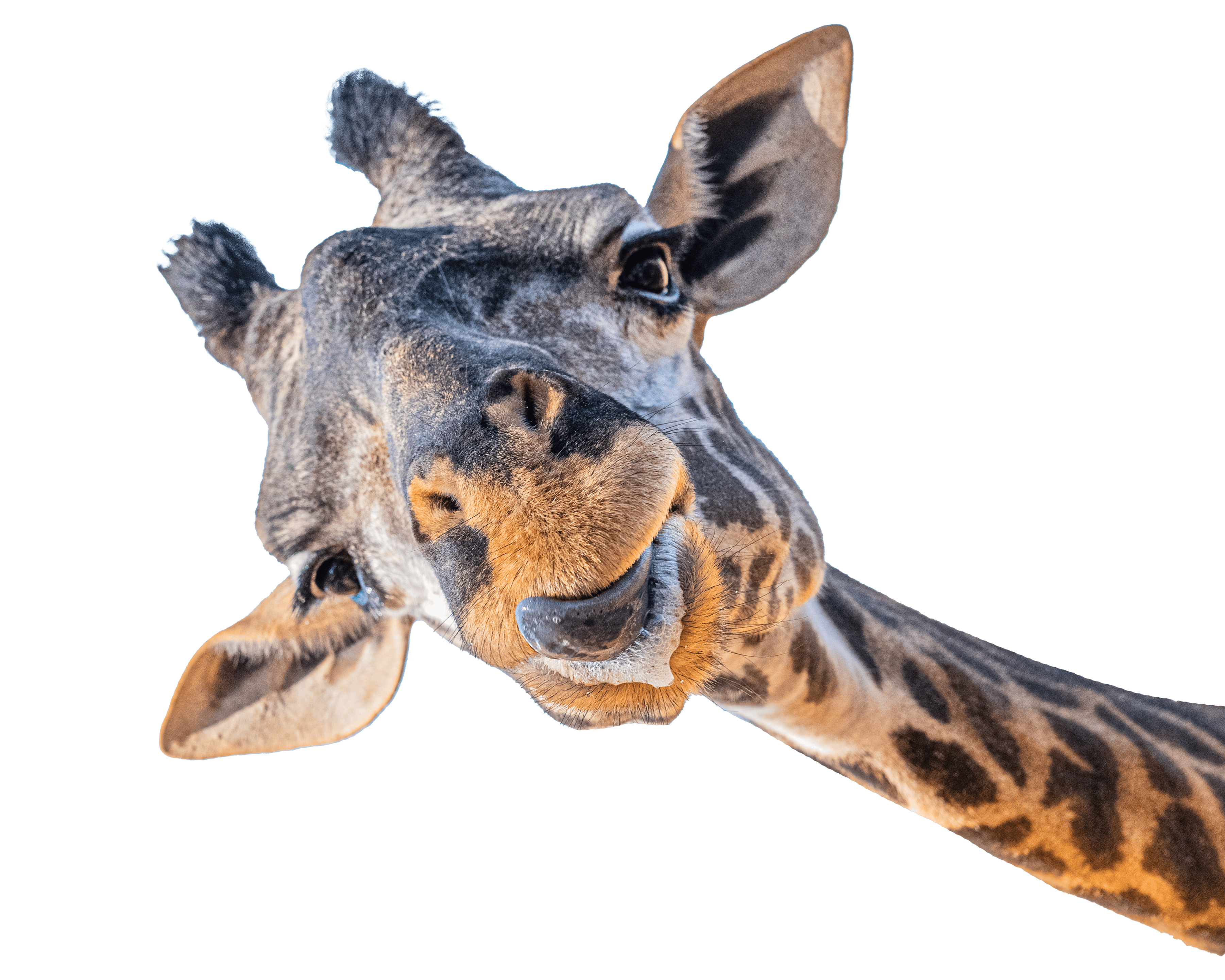
Plan your visit today!
The Phoenix Zoo is one of the largest non-profit zoos in the U.S., caring for over 3,000 animals, with nearly 400 species represented, including many threatened/endangered species.
